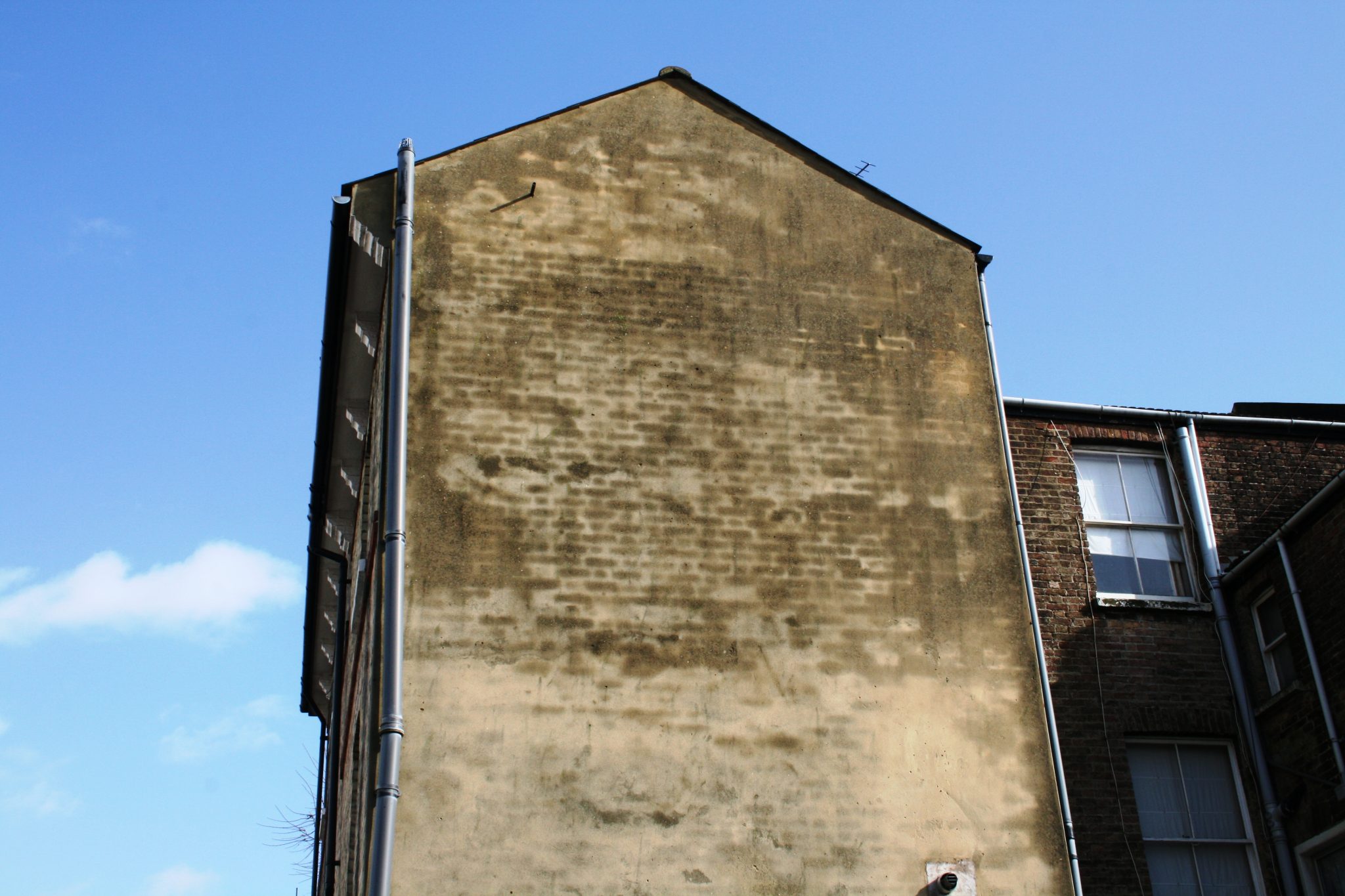A new CPD seminar created by Safeguard Europe – the UK’s leading specialist in damp-proofing and waterproofing technology – sets out four steps to help architects, builders and other specifiers to deal with both the causes of penetrating damp and the factors which can exacerbate the problem.

There are many reasons why rainwater can penetrate masonry walls: from porous Victorian bricks to unfilled perpends. And there are an equal number of issues that can make the problem worse, including poor maintenance of gutters, bad detailing and building alterations.
The four steps, explained in detail during the seminar Dealing with Penetrating Damp, are: assessing rainwater routes and exacerbating factors; blocking the primary paths for water penetration; controlling the exacerbating factors; and installing back-up in the form of a damp-resistant internal system.
“It may be relatively simple to spot the pathways for rainwater, such as missing mortar or cracks, but it’s also important to look at the wider picture to work out why rainwater is penetrating at certain points,” says Safeguard director Hudson Lambert, who has illustrated the seminar with dozens of photos, as well as diagrams and CGIs.
In helping professionals to meet their duty to continue learning and self-development, Safeguard’s two-hour long seminar also provides an update on some of the latest solutions and product types on the market. Companies such as Safeguard invest a significant amount in R&D which enables them to create new products and systems on a regular basis.
Penetrating damp can be a problem in cavity walls as well as in single-skin ones, an issue that receives its own section in the CPD. Although one of the functions of a cavity is to help prevent the penetration of precipitation, the introduction of insulation, as well as shoddy workmanship, can mean that this wall type suffers from penetrating damp too.
As well as causing unsightly internal staining and an unpleasant smell, penetrating damp has various negative impacts on a building and its inhabitants. Damp in homes is an acknowledged cause and aggravator of respiratory problems, particularly for children, older people and those with existing illnesses.
Penetrating damp can also lead to the masonry itself deteriorating. The binder in the mortar between bricks may wash away, wall ties could corrode, expand and cause cracking, freeze-thaw action will also increase damage.
Damp homes are also less energy efficient than dry ones. An English Heritage Study found that the thermal conductivity of wet bricks is 1.5 to three times higher than dry ones. There are a surprising number of routes that rainwater can find through masonry, whether through defects or through the material itself. When looking for pathways, there are many types of defect that should be investigated including pointing, cracks, corroded wall ties, defective render and damaged seals around openings.
Some types of masonry, such as limestone or sandstone, can be porous as can some mortars. Some bricks can be far more porous than others; for example ‘underfired bricks’, inferior quality bricks which were kilned at lower temperatures and sometimes used for housing in Victorian times to cut costs.
The CPD, which is delivered in client offices, walks attendees through all the issues above and considers how each can be treated. It also addresses exacerbating factors including defective guttering and downpipes, missing cills, poorly-designed details, the aspect of the building and the use of non-breathable coatings.
The seminar highlights some of the problems masonry paints and coatings can cause and explains why silicon resin masonry paints offer a better solution than traditional masonry paints as they allow any moisture that gets behind the paint film to dry out.
When it comes to secondary protection, the CPD looks at options for internal walls and examines the merits of each. Impermeable membranes or tanking, renovation plasters and hybrid plasterboard systems all come under the spotlight.
Though specifiers must be knowledgeable about all the forms of damp, it is important to observe that penetrating damp often co-exists with rising damp and condensation. A holistic approach to the treatment of damp tends to give the best results. Safeguard’s qualified and experienced staff can offer technical advice and support to contractors, specifiers and owners on damp-proofing solutions.




Leave a Reply